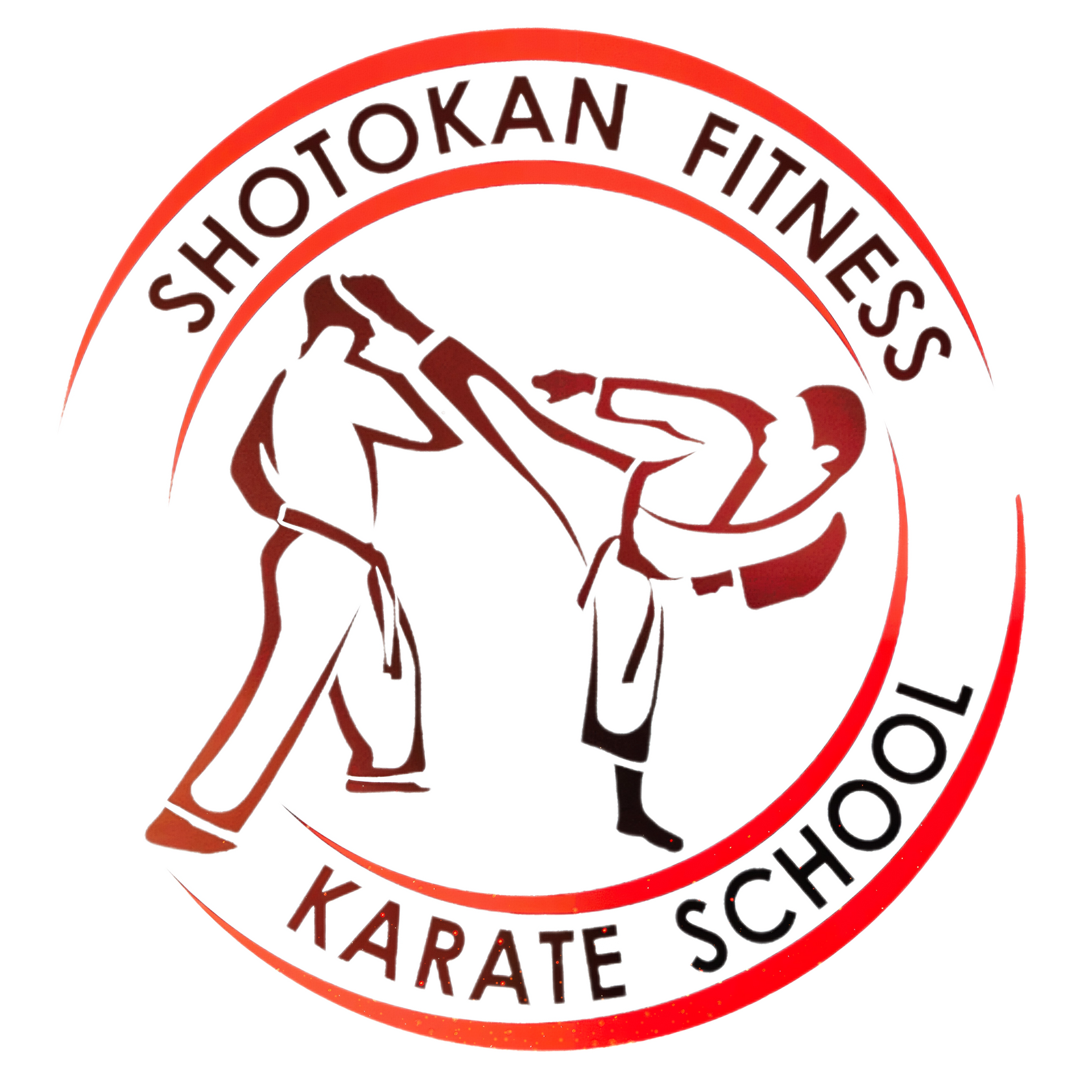Karate (Shotokan) Curriculum
- Kata, Kihon, Kumite Shotokan has a full and meaningful curriculum for student development. Kids and Adults Classes in London UK.
Shotokan Karate-do Curriculum
Kata Meaning
1. Taikuyoku Shodan
- First Principle
2. Heian Shodan
- Peaceful Mind
3. Heian Nidan
- Peaceful Mind
4. Heian Sandan
- Peaceful Mind
5. Heian Yodan
- Peaceful Mind
6. Heian Godan
- Peaceful Mind
7. Bassai Dai
- Penetrating a Fortress
8. Kanku Dai
- Looking at the Sky
9. Enpi
- Flying Swallow
10. Sochin
- Immovable
11. Meikyo
- Polished Mirror
12. Jiin
- Temple Grounds
13. Jion
- Temple Bells
14. Jitte
- Ten Hands
15. Hangetsu
- Half Moon
16. Gankaku
- Crane on a Rock
17. Tekki Shodan
- Ridding Horse 1
18. Tekki Nidan
- Ridding Horse 2
19. Tekki Sandan
- Ridding Horse 3
20. Chinte
- Unusual Hands
21. Bassai Sho
- The lesser Bassai
22. Kanku Sho
- The lesser Kanku
23. Nijushiho
- 24 Steps
24. Unsu
- Hands in the Clouds
25. Wankan
- Kings Crown
26. Gojushiho Dai - 54 Steps
27. Gojushiho Sho - The lesser Gojushiho
Kata Training
1.
A Kata, which is generally translated as “form,” is a predetermined series of fighting techniques, (blocking, punching, striking, and kicking) against imaginary opponents.
2.
The essence of Karate is in the Kata. The Kata has been the traditional method used by the masters to hand down their techniques over the ages.
3
.
The Kata allows the student to fully express the four basic tenets of Karate-Do: speed, strength, beauty, and technique.
4.
Without Kata, Karate would just be fighting. Physically the Kata develops speed, balance, posture, techniques, and coordination. Mentally, the Kata develops your concentration, attention to detail, awareness, and confidence. Spiritually, the Kata develops your internal energy and you’re fighting spirit.
5.
When training your Kata, concentrate on these six areas: Eyes, Pace, Technique, Breathing, Kiai and Kime (focus).
6.
Only a Sensei/Sempai or a designated black belt can show a kyu belt a new Kata.
7.
A good way to train your Kata is to do it four times slowly, with great attention to detail, and then the fifth time at the proper pace with kiai and full power.
8.
Most Katas begin and end with a block. This symbolizes the defensive nature of Karate training.
9.
The Kiai points in a Kata usually fall on a finishing technique.
10.
The Kata is not a dance. You must try to visualize your opponents.
11.
All self-defense techniques and applications are in the Kata. When you train your Katas for a long time they will reveal themselves to you.
12. Katas always begin and end at the same point.
USS!


